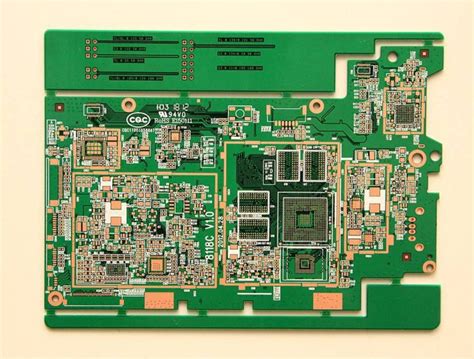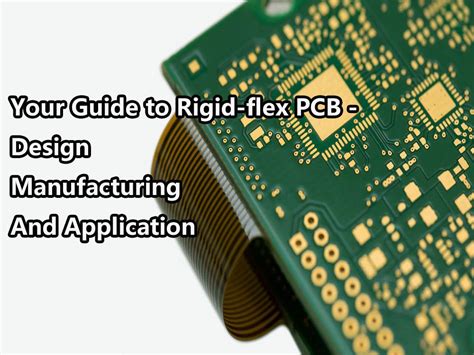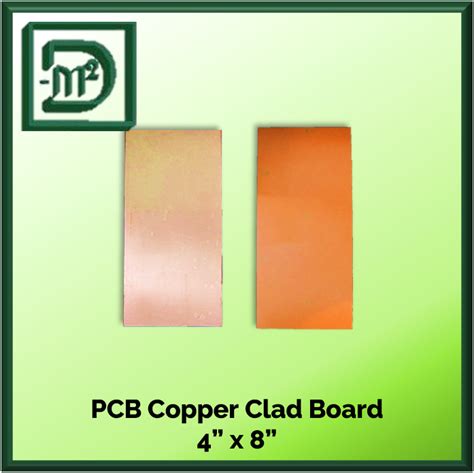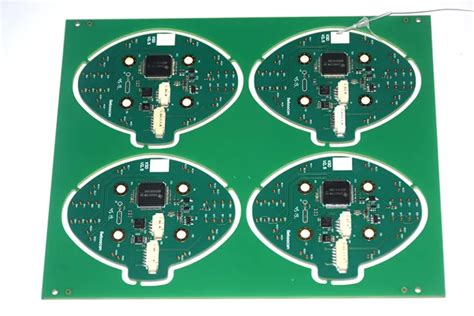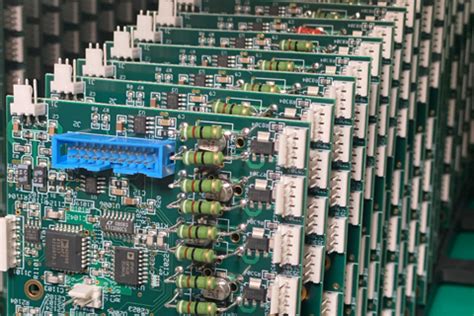Efficient PCB Prototype and Assembly for Modern Electronics
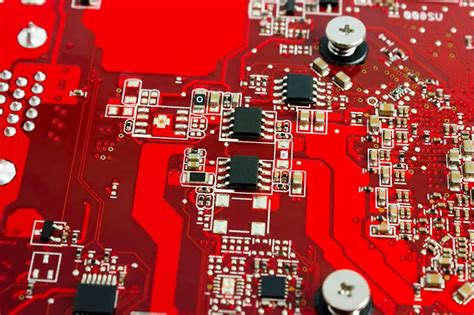
Key Takeaways
In the realm of PCB assembly and development, efficiency plays a crucial role in meeting the demands of modern electronics. By embracing cutting-edge techniques in prototyping, manufacturers can streamline their processes, effectively reducing time-to-market. The integration of advanced technologies such as automated testing and real-time monitoring enhances both the speed and precision of PCBA processes.
To illustrate these concepts, consider the following table showcasing various techniques that promote efficiency in PCB assembly:
| Technique | Description | Benefits |
|---|---|---|
| Automated Placement Machines | Robots place components on PCBs with high speed | Reduces labor costs and errors |
| Surface Mount Technology (SMT) | Allows for smaller components and dense layouts | Optimizes space and improves performance |
| Advanced Soldering Techniques | Consistent solder joints using wave or reflow methods | Increases reliability and lifespan |
“Investing in modern technologies for PCB prototype development is essential to stay competitive in today’s fast-paced electronics market.”
Implementing best practices such as continuous training for staff on the latest tools not only enhances skill sets but also fosters an environment of innovation. Moreover, meticulous project planning that includes regular reviews can lead to significant cost reductions while maintaining high-quality standards in PCBA. In conclusion, focusing on efficient processes not only maximizes productivity but also ensures enduring success in the competitive landscape of electronics manufacturing.

Introduction to PCB Prototyping and Assembly
In the rapidly evolving landscape of electronic manufacturing, PCB prototyping and assembly have become crucial for developers seeking to bring innovative products to market. The process involves creating a functioning prototype of a printed circuit board (PCB) before moving into mass production, allowing designers to evaluate and refine their concepts. An effective pcb assembly process not only hastens product development but also enhances the overall quality and reliability of the end products. The integration of advanced technologies in PCBA enables manufacturers to achieve greater precision, reducing human error in assembly operations. Furthermore, efficient solutions in pcb prototype and assembly address the need for speed while maintaining cost-effectiveness, essential for staying competitive. By leveraging these techniques, companies can transition from prototype to production with confidence, ensuring that each stage of development is met with thorough testing and adjustments that align with customer demands. The focus on efficiency and precision in these processes is more than a trend; it is a significant factor driving innovation in modern electronics manufacturing, ultimately influencing product performance and market viability.
The Importance of Efficiency in PCB Manufacturing
In the competitive landscape of modern electronics, the significance of efficiency in PCB manufacturing cannot be overstated. As the demand for sophisticated electronic devices continues to rise, manufacturers are increasingly challenged to deliver high-quality printed circuit boards (PCBs) while minimizing costs and lead times. The process of PCB assembly—often referred to as PCBA—is a critical step where various components are integrated onto the PCB. By adopting efficient techniques and technologies during this stage, companies can enhance production capabilities, optimize resource allocation, and ensure timely delivery of products to market. Streamlining manufacturing workflows not only reduces waste but also fosters consistency in quality, which is essential for meeting consumer expectations. Moreover, leveraging advanced automation tools and techniques can significantly accelerate the assembly process while maintaining precision. In essence, prioritizing efficiency in PCB manufacturing is not merely a strategic advantage; it is a fundamental requirement that drives success and sustainability in today’s electronics industry.
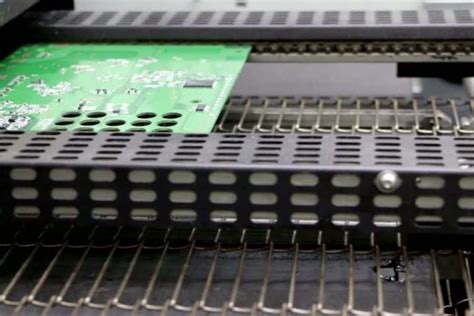
Cutting-Edge Techniques for PCB Prototype Development
In the realm of PCB prototype development, staying abreast of the latest methodologies is crucial for maintaining a competitive edge. Emerging techniques are revolutionizing the way we approach pcb assembly and pcba, focusing on streamlining workflows while enhancing product quality. One prominent method is the utilization of advanced automation technologies, which not only increase efficiency but also minimize human error in the assembly process. Techniques such as selective soldering and automated optical inspection (AOI) enable manufacturers to achieve a higher level of precision, ensuring that each prototype meets stringent quality standards.
Another significant advancement in the field is the implementation of rapid prototyping methods, which accelerate the development cycle. Technologies like 3D printing and laser-cutting allow for quick iterations, facilitating faster design alterations when testing new concepts. This agility in design lead times can drastically reduce overall project timeframes while also curtailing costs associated with traditional prototyping methods.
Furthermore, using specialized software for simulation assists engineers in detecting potential flaws in circuit designs before physical production begins. By analyzing thermal and electrical characteristics digitally, manufacturers can optimize their designs and avoid costly errors during the pcba process.
As we advance into an era where electronic components become increasingly intricate, adopting these cutting-edge techniques will not only drive productivity but also establish sustainable practices within modern electronics manufacturing. Emphasizing these innovations ensures that companies are well-positioned to meet evolving market demands with efficiency and sophistication.
Enhancing Precision in PCB Assembly Processes
Precision is paramount in PCB assembly processes, as the complexity and miniaturization of modern electronics increasingly demand stringent quality standards. To achieve this level of accuracy, manufacturers are leveraging advanced methodologies that enhance every aspect of PCBA. Techniques such as automated optical inspection (AOI) and X-ray inspection allow for real-time evaluation of the assembly process, identifying defects that could compromise performance. Moreover, utilizing surface mount technology (SMT) ensures components are placed with unmatched precision, paving the way for smaller and denser configurations.
Incorporating laser-guided assembly tools can also significantly enhance placement accuracy, minimizing human error during the assembly phase. Training personnel in these advanced techniques is equally important; skilled operators are essential to achieving and maintaining high standards during production runs. By systematically integrating these innovations into pcb assembly, manufacturers not only improve product quality but also boost efficiency, leading to reduced turnaround times and cost savings.
Furthermore, investing in high-quality materials and components is crucial to support precise assembly processes. When each element of the assembly is meticulously sourced and carefully handled, the likelihood of defects decreases dramatically. Adopting a holistic approach that involves technology, training, and material excellence ultimately drives significant improvements in precision within PCB assemblies, setting a new standard for excellence in electronics manufacturing.
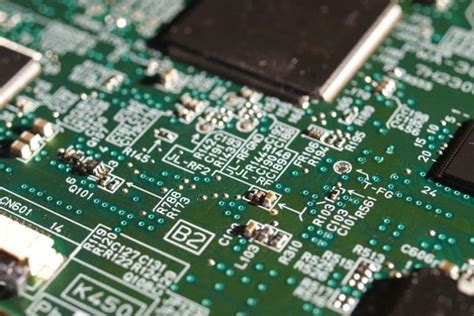
Best Practices for Reducing Costs in Electronics Manufacturing
In the realm of electronics manufacturing, reducing costs while maintaining quality is a primary focus for many enterprises. One of the most effective strategies is to streamline pcb assembly processes by implementing best practices that enhance operational efficiency. Utilizing automation during the pcba phases can significantly lower labor costs and minimize human errors, which often lead to costly rework. Another crucial approach is to adopt lean manufacturing principles, which emphasize waste reduction throughout the production cycle. This not only improves resource allocation but also contributes to faster turnaround times in pcb prototype and assembly tasks.
Moreover, sourcing materials wisely can also maximize cost-efficiency. Establishing long-term relationships with suppliers who can provide quality components at competitive prices allows manufacturers to benefit from bulk purchasing discounts without compromising on material integrity. Implementing advanced inventory management systems can help keep track of components and prevent overstocking or shortages, thus avoiding unnecessary expenses.
Lastly, continuous training for employees involved in the pcb assembly process fosters a skilled workforce that is adept at identifying cost-saving opportunities through innovative problem-solving techniques. By focusing on these best practices, companies can achieve a notable reduction in production costs while enhancing their overall productivity and maintaining high standards within the ever-evolving landscape of electronics manufacturing.
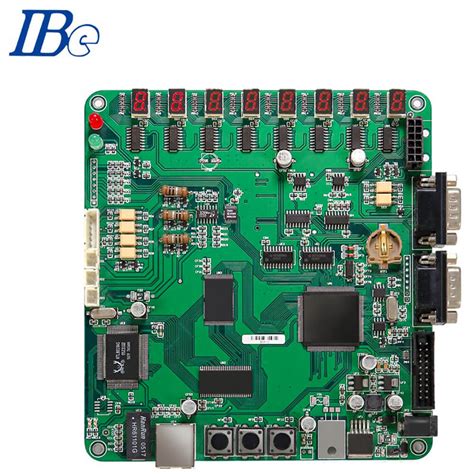
Advanced Tools and Technologies in PCB Prototyping
The field of PCB prototyping has been significantly transformed by the advent of advanced tools and technologies. Among these, computer-aided design (CAD) software plays a crucial role, allowing engineers to create intricate designs and layouts with remarkable precision. The integration of 3D printing technologies has also revolutionized rapid prototyping, enabling faster production of complex geometries and reducing the time from conception to testing. Furthermore, innovations such as automated pick-and-place machines in PCB assembly streamline the assembly process, ensuring components are positioned accurately and efficiently—this is essential for achieving high-quality PCBA. These modern methodologies not only enhance the efficiency of production but also contribute to minimized waste, as accurate assemblies lead to fewer errors and reworks. By employing these cutting-edge tools, manufacturers can significantly improve their workflows, allowing for a more agile response to market demands while lowering overall costs associated with electronics manufacturing. As technology continues to advance, the potential for further improvements in PCB assembly processes becomes increasingly promising.
Case Studies: Successful Implementations of Efficient PCB Assembly
In the rapidly evolving landscape of electronics manufacturing, numerous companies have successfully adopted innovative approaches in their pcb assembly processes to enhance productivity and minimize errors. One notable case is that of a tech startup that implemented automation in their pcba workflow. By integrating advanced robotics, they saw a remarkable reduction in assembly time by nearly 30%, allowing them to meet increased demand without compromising on quality. Additionally, another established manufacturer utilized a state-of-the-art software solution to streamline design-to-assembly transitions, which improved communication between engineering and production teams. This led to a significant decrease in rework rates and material waste during the pcb assembly phase. Furthermore, a prominent electronics firm focused on modular assembly techniques that enabled them to efficiently produce small batches of customized products while adhering to stringent quality standards. These case studies demonstrate that adopting cutting-edge methods in pcb prototype and assembly not only boosts operational efficiencies but also fosters an innovative spirit among teams working within this high-tech industry.
Future Trends in PCB Prototype and Assembly Techniques
As the landscape of electronics continues to evolve, the pcb prototype and assembly processes are witnessing remarkable transformations. One of the most significant trends is the shift toward automation, where advanced robotics and AI-driven technologies are increasingly being integrated into pcba workflows. These innovations not only enhance efficiency but also ensure higher precision in the assembly processes. Furthermore, the adoption of flexible PCB manufacturing techniques allows for quicker adaptation to market demands, enabling manufacturers to produce prototypes that meet specific requirements with unprecedented speed.
Another key trend is the growing emphasis on sustainability within pcb assembly methods. Companies are increasingly looking to reduce waste and utilize eco-friendly materials without compromising on performance. This shift not only addresses environmental concerns but also appeals to a market that values responsible manufacturing practices. Additionally, platforms for collaborative designing and rapid prototyping are becoming more prevalent, permitting teams from around the globe to contribute seamlessly to development projects, thus fostering innovation through collective expertise.
Moreover, simulation software is advancing rapidly, enabling designers to test prototypes under various conditions before moving on to production. This proactive approach can significantly diminish errors in pcba, ultimately leading to cost savings and a shorter time-to-market. As these trends unfold, it’s clear that embracing cutting-edge pcb prototype and assembly techniques will play a crucial role in shaping the future of electronics manufacturing.
Conclusion
In the evolving landscape of electronics manufacturing, achieving efficiency in PCB prototype and assembly processes is paramount. By leveraging innovative methodologies and technologies, manufacturers can enhance their pcba strategies, ultimately leading to improved productivity. The convergence of techniques like automated testing and advanced material applications has been pivotal in redefining pcb assembly efficiency. Moreover, the significance of precision cannot be understated; meticulous attention to detail during the pcba process ensures that products not only meet but often surpass quality standards. As industry demands continue to grow, adopting best practices and advanced tools becomes essential for staying competitive. The future promises even more exciting developments in pcb prototype and assembly, with trends indicating a shift toward more integrated solutions that streamline workflows, reduce lead times, and minimize costs. By embracing these advancements, businesses are well-positioned to navigate the complexities of modern electronics manufacturing successfully.
FAQs
What is PCB assembly?
PCB assembly, often abbreviated as PCBA, is the process of soldering electronic components onto a printed circuit board (PCB) to create a functional electronic device. This involves various techniques, including surface mount technology (SMT) and through-hole technology.
Why is efficiency important in PCB manufacturing?
Efficiency in pcb manufacturing is crucial as it directly impacts production costs, time-to-market, and overall product quality. High efficiency reduces waste and enhances productivity, enabling manufacturers to meet market demands faster.
What are some cutting-edge techniques used in PCB prototype development?
Some innovative techniques include the use of advanced simulation software for design verification and rapid prototyping methods like 3D printing. These advancements help streamline the development process while maintaining high standards of quality.
How can precision be enhanced in the PCB assembly processes?
Precision can be enhanced through automated assembly equipment, precise soldering techniques, and rigorous quality control measures. Ensuring accurate component placement during pcba processes also plays a significant role.
What best practices should be followed for reducing costs in electronics manufacturing?
Best practices include optimizing design for manufacturability (DFM), sourcing components strategically, and implementing lean manufacturing principles. These strategies not only lower costs but also improve overall operational efficiency.
For further information on how to streamline your PCB assembly processes and enhance productivity, please visit our page: click here.


